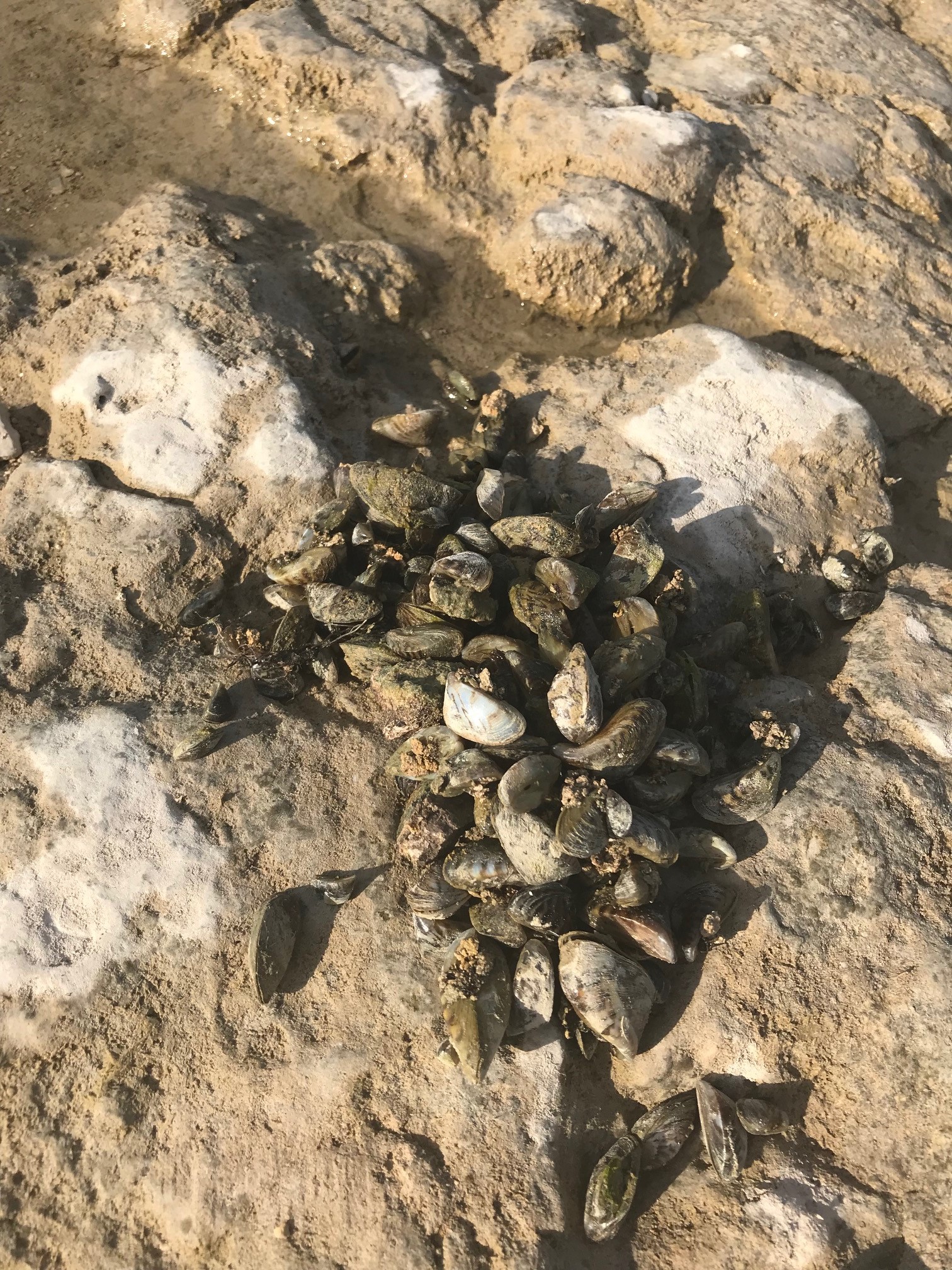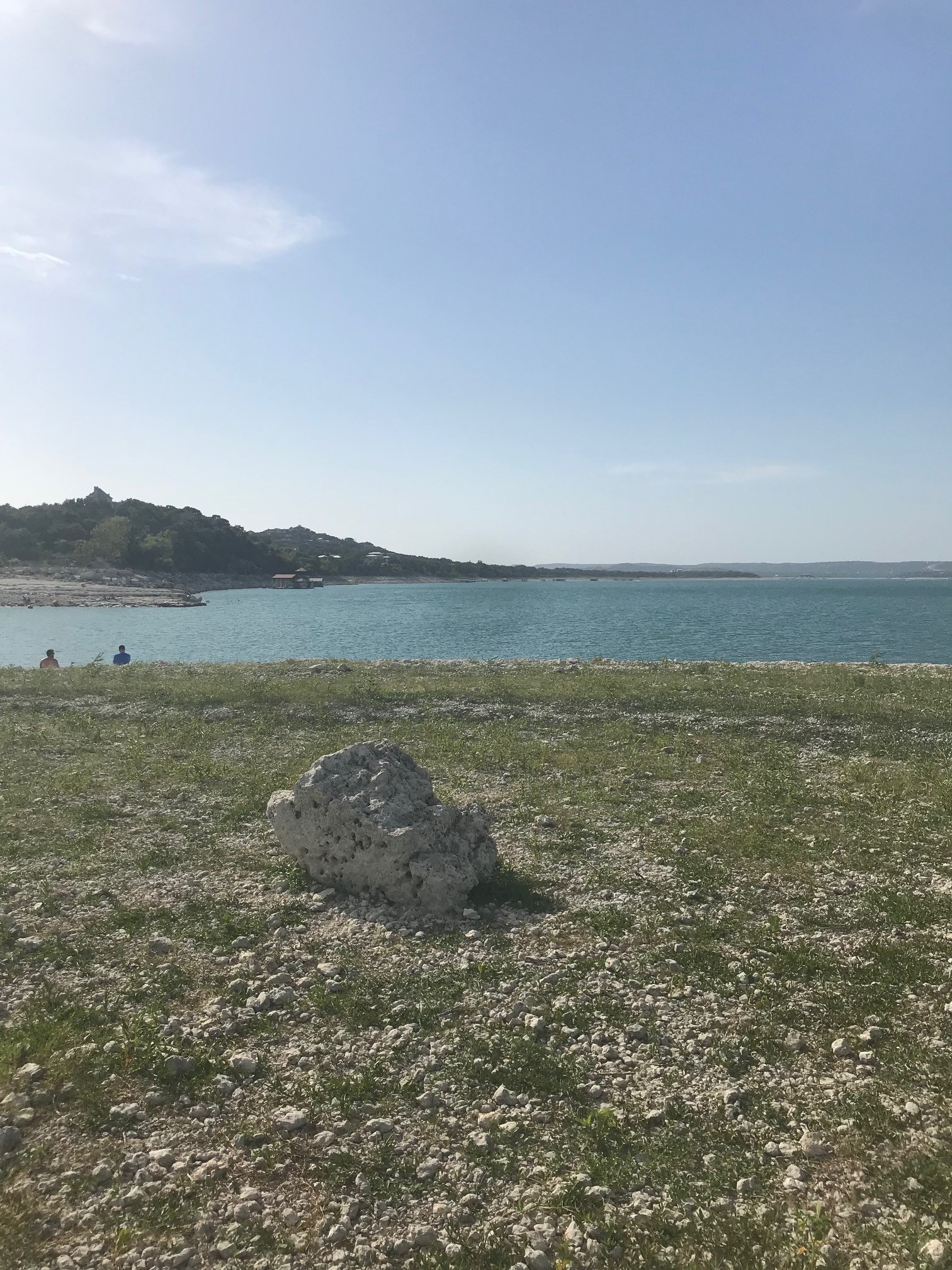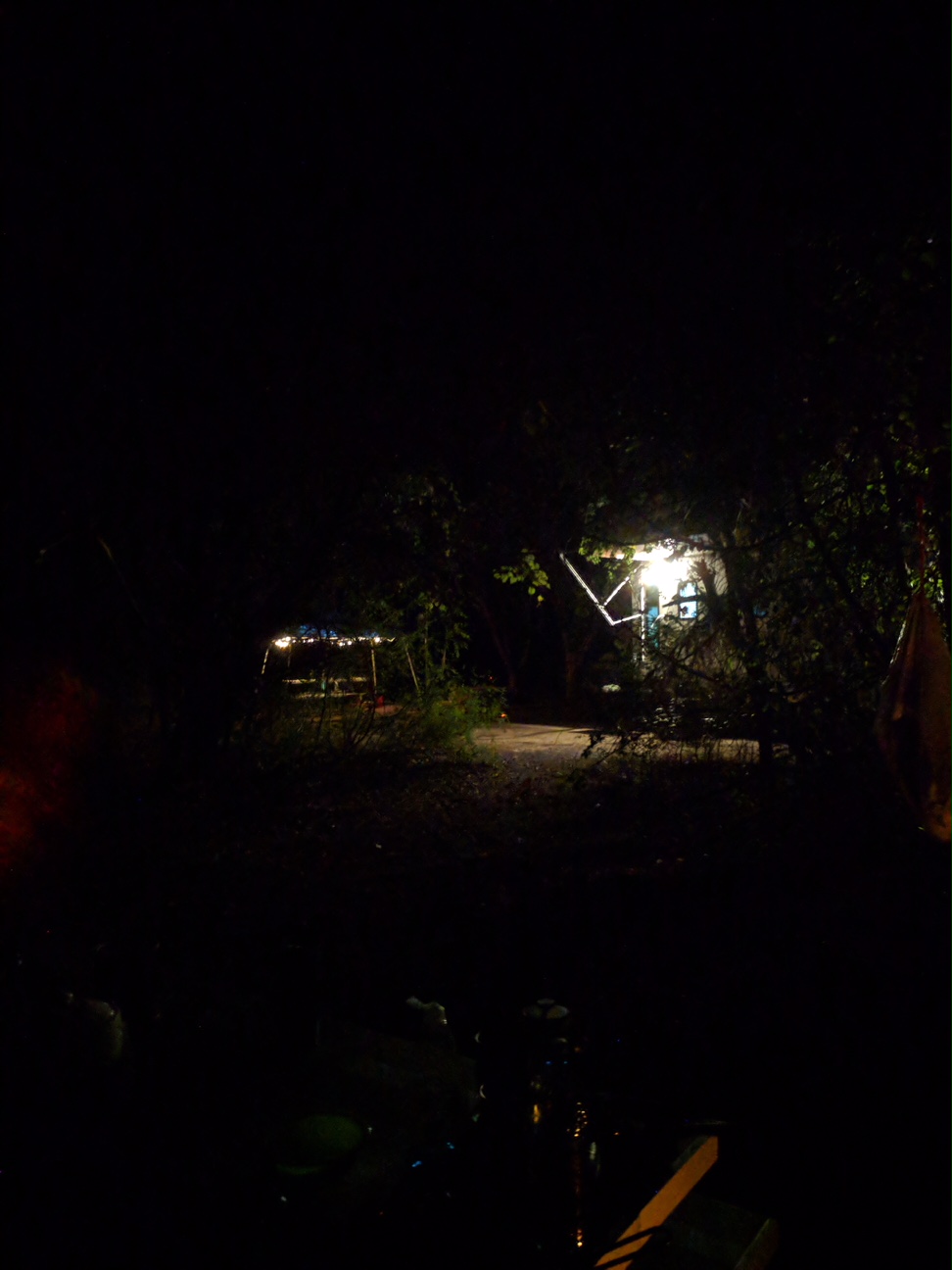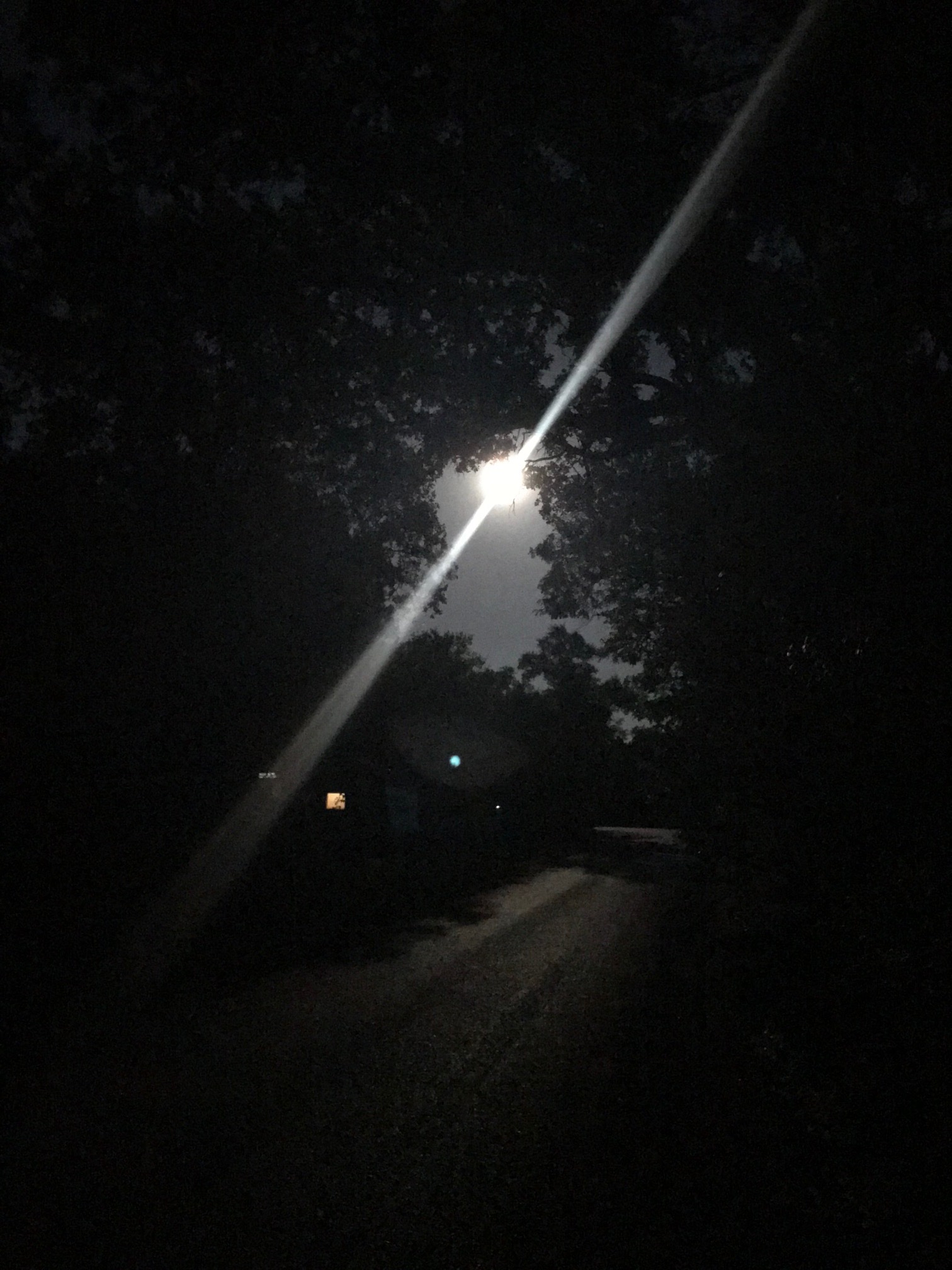Preserving Wild Spaces Through Design
Lets start out with a question, how much of your backyard would you be willing to give up if it meant you could live on a greenbelt? Think about it, hiking and biking trails, wildlife at your doorstep. Would you give up some of your private space for a shared green space? I am going to go ahead and lay out all of my biases right now. I am completely biased towards shared green spaces. I love them far more than a backyard any day of the week. I purposefully live in an apartment, without a yard, specifically to avoid the financial and time sucking burden a backyard brings. It is possible that the quantity of time I spent mowing and raking my backyard as a teenager might have something to do with this.
Are backyards going away? Well sort of. The backyard is decreasing in size, partly because as land prices increase houses are getting larger but lots are getting smaller (1). A second trend occurring is urbanization in general. As land prices increase and cities expand outwards, houses are being replaced with high rise apartments and thus the yard per family idea is silently going away (2). Grassy lawns made up almost 2% of total land area in 2005, more than all of our corn crops combined (3). Aside from being a huge amount of land, it takes nearly 7 billion gallons of water per day to keep all of that grass irrigated. All in all lawns do end up acting as a carbon sink, so it’s not all bad right? (4).
Above is a google maps snapshot of what I would call a "suburbia desert". There is a single tiny park on the Northwest side of the map. There is no shared green space that is within walking distance for many residents of this neighborhood.
If you happen to live in a city that understands the incredible importance of mixed use spaces then you are in luck. You probably already have quite a few of these around. As the city becomes more urban the number of those spaces are likely to increase. If you live in a city that does not see the value in these spaces (looking at you Corpus Christi), it is hard to convince city planners to design these in the building code. City parks and baseball fields are not the only thing here, I am talking about specifically designed wildlife corridors within a city. This natural area can have considerably more uses than a single backyard and can supply more habitat to native species.
Most backyard owners are not thinking specifically about natural habitat when they landscape or mow. Instead they are often thinking about usable space for family activities. A shared space can incorporate all of the above. A family space, playing fields, wildlife habitat, water recharge and much more. By sacrificing backyard space developers can create a communal area that brings people in contact with each other and nature. As we build new cities and expand our growing ones, it is important that developers plan these green spaces into the design. It would also be imperative to connect spaces from one neighborhood to another to allow for wildlife movement.
The photo above is a google maps snapshot of neighborhoods that all share a greenbelt. The greenbelt connects to larger parks on both the west and east side. Nearly all residents are within walking distance to a shared green space. This happens to be centered around a floodplain but why not everywhere?
These ideas are new to suburbia dwellers that thrive on private backyards and have no desire for contact with their neighbors. You should hear some of the lunchroom chat when I bring this up with my coworkers. “Share a space with my neighbors? I don't even like them!” As we transition into denser cities and increase our desire to conserve resources, shared green spaces are an important addition. We must figure out ways to better live with nature and not sequester it to one part of the city. There is an idea that the urban city and wild nature are separate. Wildlife occurs "somewhere else" and requires a long drive to attend. When we sequester nature to tiny islands in the city, it is either over used or not used at all due to inaccessibility. Both are equally negative. “We are the engineers of our cities, when and where we decide to let nature back in is up to us”-David Attenborough.
Sources for
1.McGill, Andrew, Lawn Census https://www.theatlantic.com/business/archive/2016/07/lawns-census-bigger-homes-smaller-lots/489590/
2Weissmann,Jordan Urbanization http://www.slate.com/blogs/moneybox/2015/03/04/u_s_urbanization_big_cities_are_booming.html
3. https://earthobservatory.nasa.gov/images/6019
4.https://earthobservatory.nasa.gov/Features/Lawn/lawn3.php













































